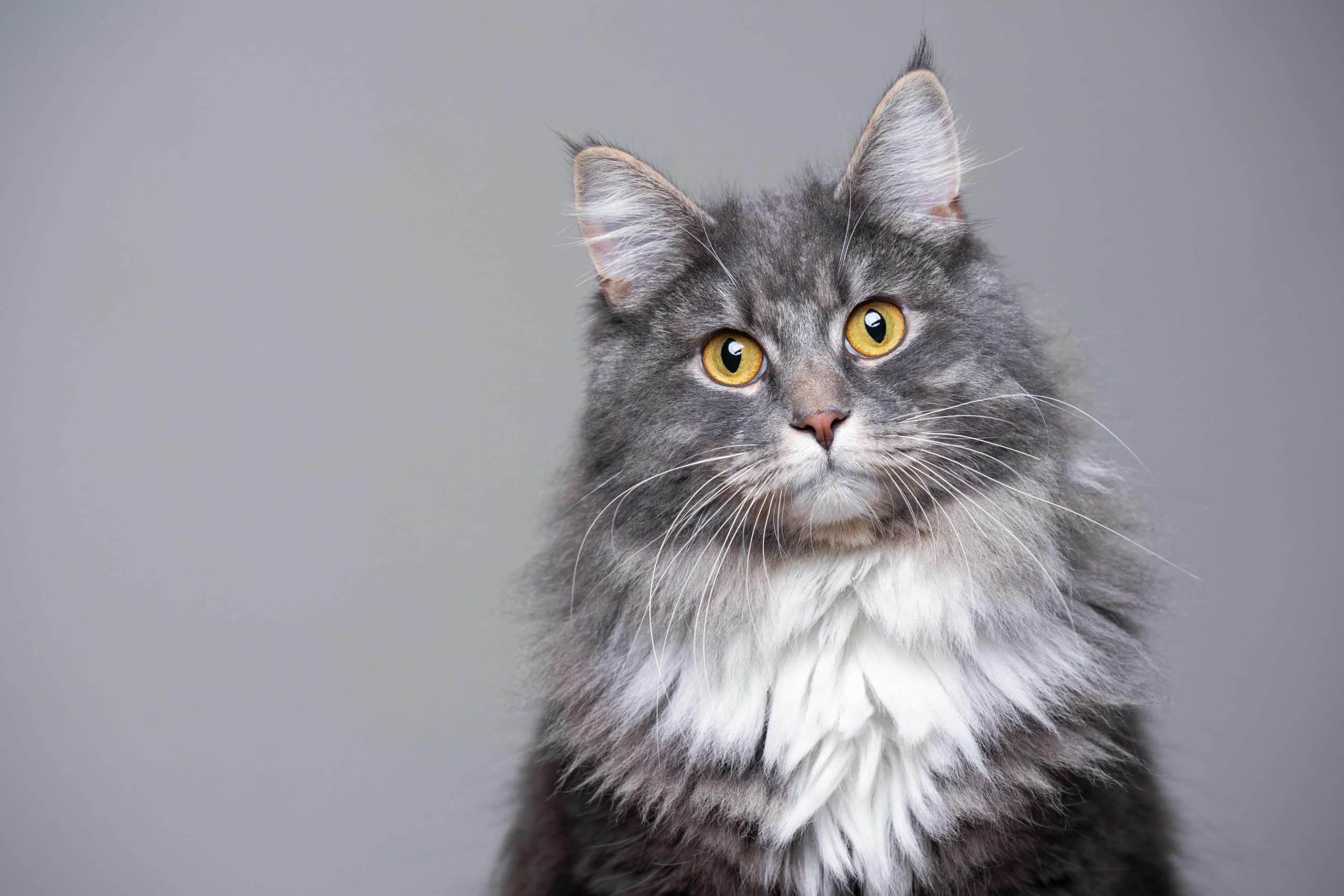Signs of arthritis in cats

We hear a lot about Osteoarthritis and joint pain in dogs – but what about our feline companions?
Osteoarthritis is actually very common in cats, particularly those over ten years of age. The disease prevalence of feline Osteoarthritis also increases with age – so the older your cat gets, the more likely they are to be affected.
Due in part to better healthcare, advanced nutrition and being kept indoors, our cats are living longer lives. It’s not uncommon to meet cats in their late teens – so it’s very important to be aware of chronic conditions that may come with advanced years, to ensure we are not only improving the quantity, but also the quality of their lives.
Unfortunately, joint pain can be difficult to recognise in cats. They are masters of disguising pain, as part of their innate survival instincts, and the subtle signs of degenerative joint disease can easily be dismissed as the cat “just slowing down as they get older”.
The most common sites for Osteoarthritis pain in cats are the hip, knee, elbow, carpus (ankle) joints and lower back (which particularly affects their ability to groom). Although generally caused by everyday wear and tear – injuries, abnormally shaped joints or illnesses can also contribute to the disease progression, as can obesity.
Here are some signs of Osteoarthritis that cat owners can look out for:
- Stiffness when moving about or getting up from a nap.
- Lameness, either intermittent or chronic.
- Hesitancy when going up and down stairs or to jump or climb up to a favourite sleeping spot.
- Toileting outside of the litter tray.
- Sleeping more, or a general decline in their activity levels.
- Reluctance to be touched or groomed in some areas.
- Aggression or irritability towards owners or other pets.
- Unkempt or dull coat – a sign that they may be grooming themselves less often.
If you’re noticing any of the above changes in your cat’s physical condition or behaviour, it’s well worth a visit to the vet, although keep in mind that your cat may not display any of these signs once in the clinic!
In addition to a thorough physical exam, your vet might conduct X-rays or blood tests, to help diagnose Osteoarthritis, as well as rule out other illnesses or injuries. If feline Osteoarthritis is confirmed, your vet may recommend nutraceutical supplements, environmental support, weight management, prescription medications, or a combination of the above.
While there is no cure for Osteoarthritis, it is a progressive disease, so the sooner it is diagnosed, the sooner you can put measures in place to slow the progression, manage the pain and improve your cat’s quality of life.